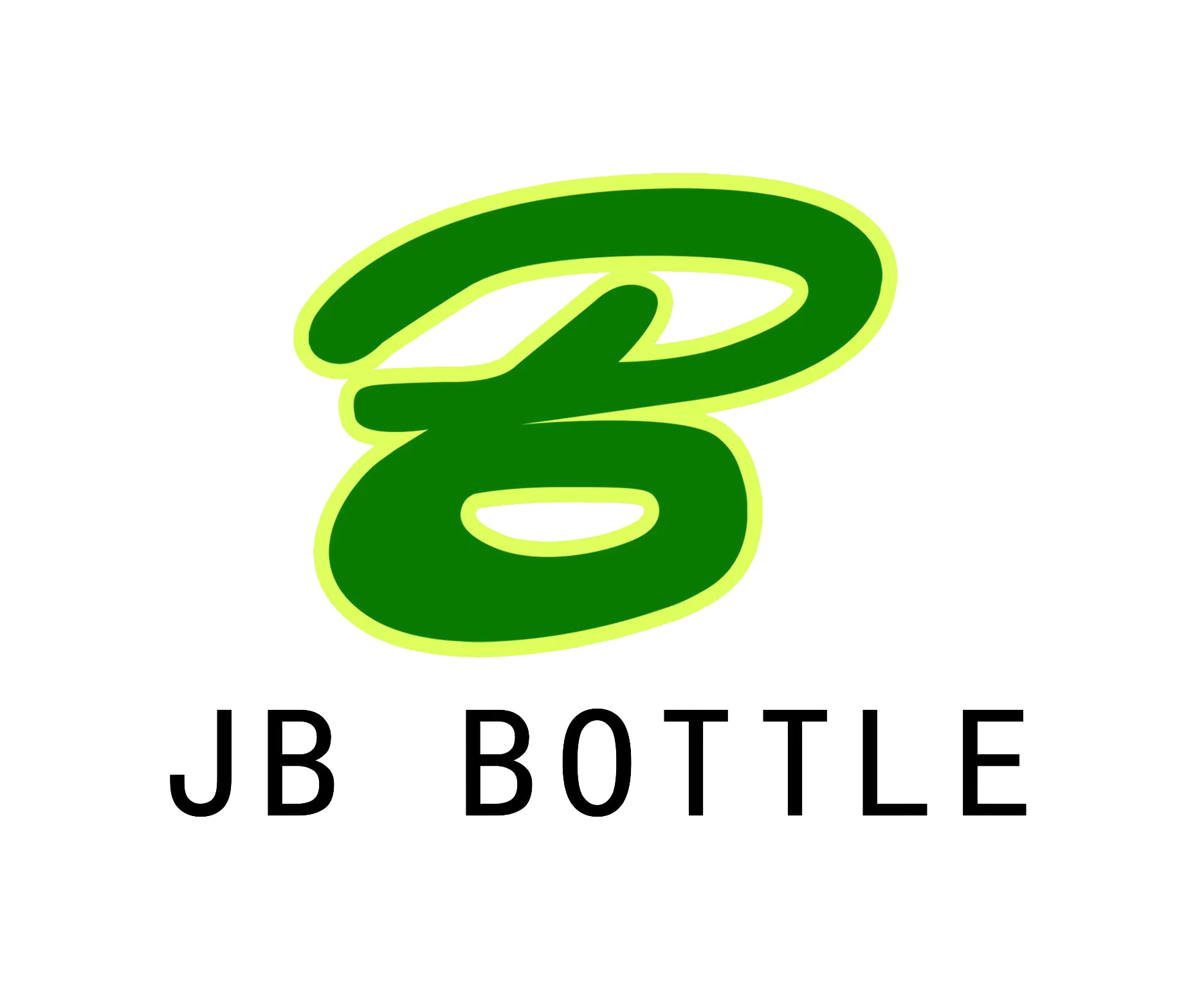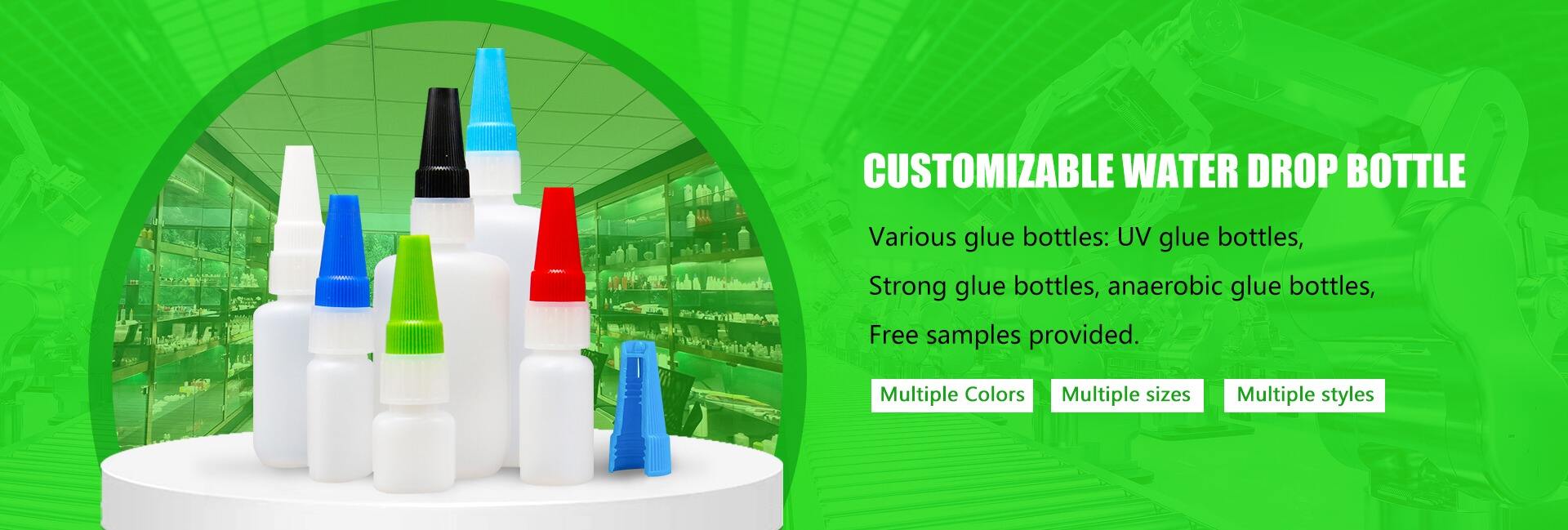Vous avez du mal à trouver de bons shampooings? Voici comment en choisir pour une excellente expérience de lavage des cheveux!
Comprendre les besoins de vos cheveux
Comprendre votre type de cheveux est crucial lors du choix du shampoing approprié. Les types de cheveux se classent généralement en quatre catégories principales : lisses, ondulés, bouclés et frisés. De plus, les cheveux peuvent être classifiés en fonction de certaines conditions spécifiques, comme les cheveux gras, secs ou abîmés. Par exemple, les cheveux lisses ont tendance à refléter davantage de sébum et peuvent être sujets à la graisse, tandis que les cheveux bouclés et frisés rencontrent souvent des problèmes de sécheresse en raison de leur structure, ce qui rend la rétention d'humidité plus difficile.
Reconnaître votre type de cheveux est une étape fondamentale pour choisir le shampooing le plus adapté, car cela influence directement l'efficacité des ingrédients. Par exemple, les personnes aux cheveux gras devraient opter pour des shampooings clarifiants qui évitent d'ajouter de l'hydratation, tandis que celles aux cheveux secs doivent rechercher des formules hydratantes riches en ingrédients nourrissants. De même, les cheveux abîmés bénéficient de shampooings fortifiants contenant des protéines qui aident à réparer et renforcer. Ainsi, en adaptant votre choix de shampooing à vos besoins spécifiques, vous améliorez considérablement la santé et l'apparence de vos cheveux.
Facteurs clés dans le choix des bouteilles de shampooing
Lors du choix des bouteilles de shampoing, le matériau joue un rôle crucial tant dans la conservation du produit que dans son impact environnemental. Différents matériaux, tels que le plastique, le verre et les contenants biodégradables, offrent des avantages distincts. Les bouteilles en plastique, comme celles fabriquées en PET et HDPE, sont populaires en raison de leur durabilité et de leur recyclabilité. Les bouteilles en verre, bien qu'élégantes, sont moins pratiques pour la douche en raison de leur poids et de leur fragilité. Les contenants biodégradables reflètent un engagement en faveur du développement durable, mais peuvent nécessiter des considérations concernant la durée de conservation et les coûts de production.
La forme du flacon de shampoing influence considérablement l'expérience utilisateur et la facilité de dispensation du produit. Des formes comme cylindriques, rectangulaires ou même en poche peuvent impacter la manipulation et l'utilisation du flacon. Les flacons cylindriques sont souvent ergonomiques, offrant une prise confortable, tandis que les styles en poche peuvent apporter commodité et économie d'espace. Un design ergonomique peut améliorer l'expérience utilisateur, surtout dans des environnements comme les douches où la prise peut être compromise.
De plus, la taille et la capacité sont des facteurs importants qui répondent aux préférences des consommateurs pour différentes occasions. Les tailles standard conviennent à l'utilisation quotidienne, tandis que les options de taille voyage répondent aux besoins en déplacement. Ces préférences varient en fonction des habitudes d'utilisation personnelles et des besoins liés au mode de vie. Offrir une variété de tailles peut aider à répondre aux besoins d'une population plus large, en s'assurant que les clients trouvent le format approprié pour leurs besoins spécifiques, que ce soit à la maison ou en voyage.
Technologies de dispense à considérer
Lors du développement de bouteilles de shampoing, il est essentiel d'évaluer les technologies de distribution pour garantir une utilisation facile et une efficacité produit. Les mécanismes de pompe offrent plusieurs avantages, y compris une manipulation simple et une distribution sans désordre, ce qui en fait un choix populaire. Ils permettent une libération contrôlée du produit, ce qui aide à économiser le shampoing et à améliorer l'expérience utilisateur, surtout lorsque les utilisateurs ont les mains mouillées ou savonneuses sous la douche.
Une autre option de distribution efficace est le bouchon à clapet. Comparé à d'autres mécanismes, les bouchons à clapet offrent un confort d'utilisation grâce à leur ouverture simple et leur fermeture sécurisée. Ces bouchons sont particulièrement efficaces pour empêcher les fuites et garantir une libération contrôlée des produits liquides, ce qui en fait un excellent choix pour les flacons pulvérisateurs cosmétiques et les petites bouteilles à gouttes. Inversement, bien que les bouchons à pression et les bouchons vissés aient leurs avantages, les bouchons à clapet trouvent un équilibre entre facilité d'utilisation et réduction des débordements, ce qui les rend polyvalents pour divers types de produits.
Options écologiques pour les bouteilles de shampoing
Choisir des options éco-responsables pour les bouteilles de shampoing devient de plus en plus important à mesure que la sensibilisation des consommateurs aux questions environnementales augmente. L'utilisation de matériaux recyclables et durables dans les flacons cosmétiques réduit considérablement leur impact environnemental. Ils aident à diminuer les déchets des décharges et à préserver les ressources en fournissant des matériaux pour de nouveaux produits. De plus, les consommateurs sont de plus en plus enclins à soutenir les entreprises qui partagent leurs valeurs en matière de durabilité et d'environnement, ce qui signifie qu'il y a une forte demande pour les produits fabriqués avec des matériaux éco-responsables.
Les fabricants peuvent adopter plusieurs pratiques durables pour répondre à cette demande et réduire leur empreinte écologique. Une approche consiste à intégrer des matériaux recyclés dans l'emballage, ce qui non seulement utilise moins d'énergie mais réduit également le besoin de matières premières nouvelles. L'adoption de méthodes de transport respectueuses de l'environnement renforce encore les efforts de durabilité. Cela peut inclure l'utilisation de modes de transport neutres en carbone ou l'optimisation des processus d'emballage pour minimiser les déchets.
En prenant ces mesures, les fabricants de flacons pulvérisateurs de cosmétiques et de parfums contribuent non seulement positivement à l'environnement, mais renforcent aussi leur attractivité sur le marché auprès des consommateurs écoresponsables. Ce double avantage de responsabilité environnementale et d'alignement avec les consommateurs positionne les pratiques durables comme essentielles dans l'avenir de l'industrie de la beauté.
Amélioration de l'expérience utilisateur et de l'esthétique
Les éléments de conception jouent un rôle crucial dans l'attirance des consommateurs vers votre produit, en particulier dans le marché compétitif des articles de soin personnel. Les caractéristiques de design clés telles que les gammes de couleurs, les formes et les textures contribuent de manière significative à l'attrait visuel des flacons de shampoing. Une palette de couleurs vive et des formes ergonomiques font ressortir les produits sur les étagères des magasins, tandis que les surfaces texturées améliorent la prise en main lors de l'utilisation, surtout dans des environnements glissants comme les douches. Ces flacons cosmétiques remplissent non seulement une fonction pratique, mais renforcent également l'identité de la marque grâce à des esthétiques uniques et mémorables.
Il est également important de souligner le rôle des étiquettes et de la marque dans la création d'une identité de marque forte et l'influence sur les décisions d'achat. Les étiquettes sur les flacons pulvérisateurs et les petits flacons à gouttes doivent fournir des informations claires et concises tout en étant alignées avec l'esthétique globale de la marque. Une bonne stratégie de branding implique non seulement d'afficher les détails essentiels du produit, mais aussi de transmettre l'histoire et les valeurs de la marque. Cette approche holistique aide à bâtir la confiance et la fidélité chez les consommateurs, qui peuvent facilement identifier les produits qui correspondent à leurs préférences et à leur mode de vie. Intégrer ces éléments efficacement peut transformer un emballage ordinaire en un puissant outil de marketing, influençant ainsi le choix des consommateurs et améliorant la différenciation de la marque.
Sceau de qualité : L'importance des tests par lots
Le maintien de la sécurité des produits, de leur efficacité et de la confiance des consommateurs repose sur des procédures de contrôle qualité exhaustives. Ces processus constituent l'épine dorsale de toute opération de fabrication, en s'assurant que chaque produit respecte les normes strictes de l'industrie. Pour les cosmétiques, cela signifie examiner attentivement les ingrédients, vérifier les concentrations sûres et s'assurer que les formulations ne se dégradent pas avec le temps. Les marques peuvent utiliser à la fois des systèmes d'inspection automatisés et manuels pour détecter les défauts dans l'emballage ou les inconsistencies dans les qualités du produit comme le parfum et la texture. Cette approche systématique protège non seulement les consommateurs, mais préserve également l'intégrité de la marque.
La cohérence dans les performances des produits grâce aux tests par lot est essentielle pour atteindre un haut niveau de satisfaction client et renforcer la fidélité à la marque. En testant différents lots de produits, les entreprises peuvent détecter et corriger les problèmes avant qu'ils n'atteignent les consommateurs, s'assurant que chaque flacon cosmétique ou vaporisateur de parfum fonctionne comme prévu. Une telle diligence renforce la confiance envers la marque, incitant les consommateurs à revenir pour des achats répétés. Finalement, en préservant la qualité, les entreprises peuvent sécuriser leur place sur le marché et établir une base cliente solide.
Conclusion : Faire le bon choix
En conclusion, sélectionner le bon emballage pour les produits de soin capillaire, tel que cosmetic bottles Et vaporisateurs de parfum , est crucial pour garantir que le produit final correspond aux besoins de la marque et des consommateurs. En résumant nos discussions précédentes, la durabilité, la sécurité du matériau et la facilité d'utilisation sont des critères clés à prendre en compte lors du choix. bouteilles cosmétiques en gros Ces facteurs n'affectent pas seulement l'expérience du consommateur, mais contribuent également de manière significative à la perception globale de la marque.
Pour prendre les meilleures décisions, des approches pratiques comme se concentrer sur les préférences personnelles et mener des essais utilisateur peuvent être inestimables. Par exemple, tester petites bouteilles compte-gouttes la facilité d'utilisation et les fonctionnalités avant un achat à grande échelle peut éviter des complications futures. Les essais utilisateurs peuvent offrir des insights sur l'expérience consommateur, guidant les marques vers des choix d'emballage qui augmentent la satisfaction et la fidélité. Finalement, une sélection et un test minutieux assurent à la fois l'efficacité du produit et une confiance renforcée chez le consommateur.


